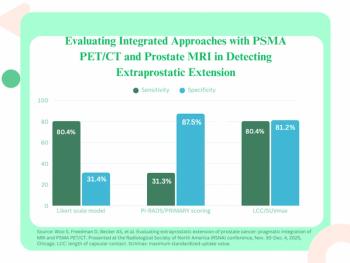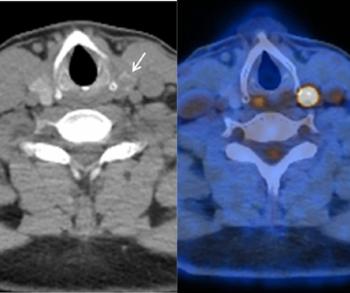
Samsung Gets FDA Nod on New Glass-Free Detector for X-Ray Use
The AccE Glass-Free Detector reportedly combines high-resolution capability with a variety of benefits including improved functionality, enhanced visibility, and a lightweight design.
Emphasizing strong image quality and a portable lightweight design, Samsung has unveiled the new AccE Glass-Free Detector, which recently garnered 510(k) clearance from the Food and Drug Administration (FDA).
Samsung said the
The design of the device also reportedly facilitates patient comfort and positioning. Noting compatibility with Samsung’s AccE GM85 mobile digital radiography system, Samsung said the AccE Glass-Free Detector features a side chamfer to assist with lifts, a rear grip for smoother transportation and a flexible panel with center engraving to assist with patient positioning. The device also has a robust load allowance with the capacity to hold up to 881 pounds of surface load and 441 pounds of patient load, according to Samsung.
“We have recognized the need for new solutions that enhance both patient and user comfortability,” noted David Legg, the vice president and head of Boston Imaging, the United States headquarters for Samsung’s digital radiography and ultrasound business. “From the ER to the OR, our glass-free detector exhibits reliability in versatile environments to help get the job done.”
Newsletter
Stay at the forefront of radiology with the Diagnostic Imaging newsletter, delivering the latest news, clinical insights, and imaging advancements for today’s radiologists.



























